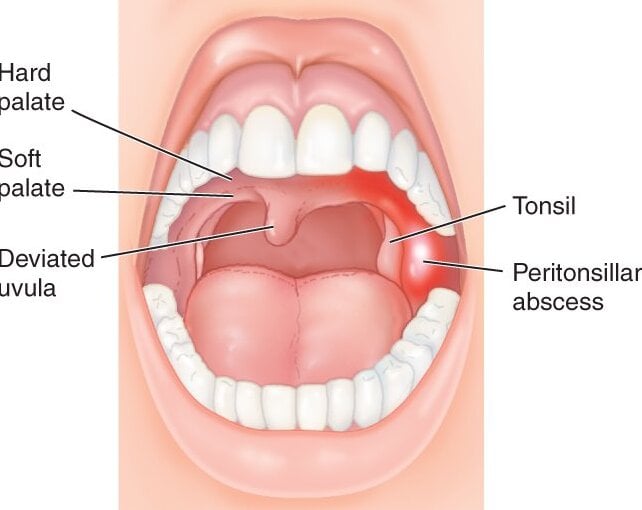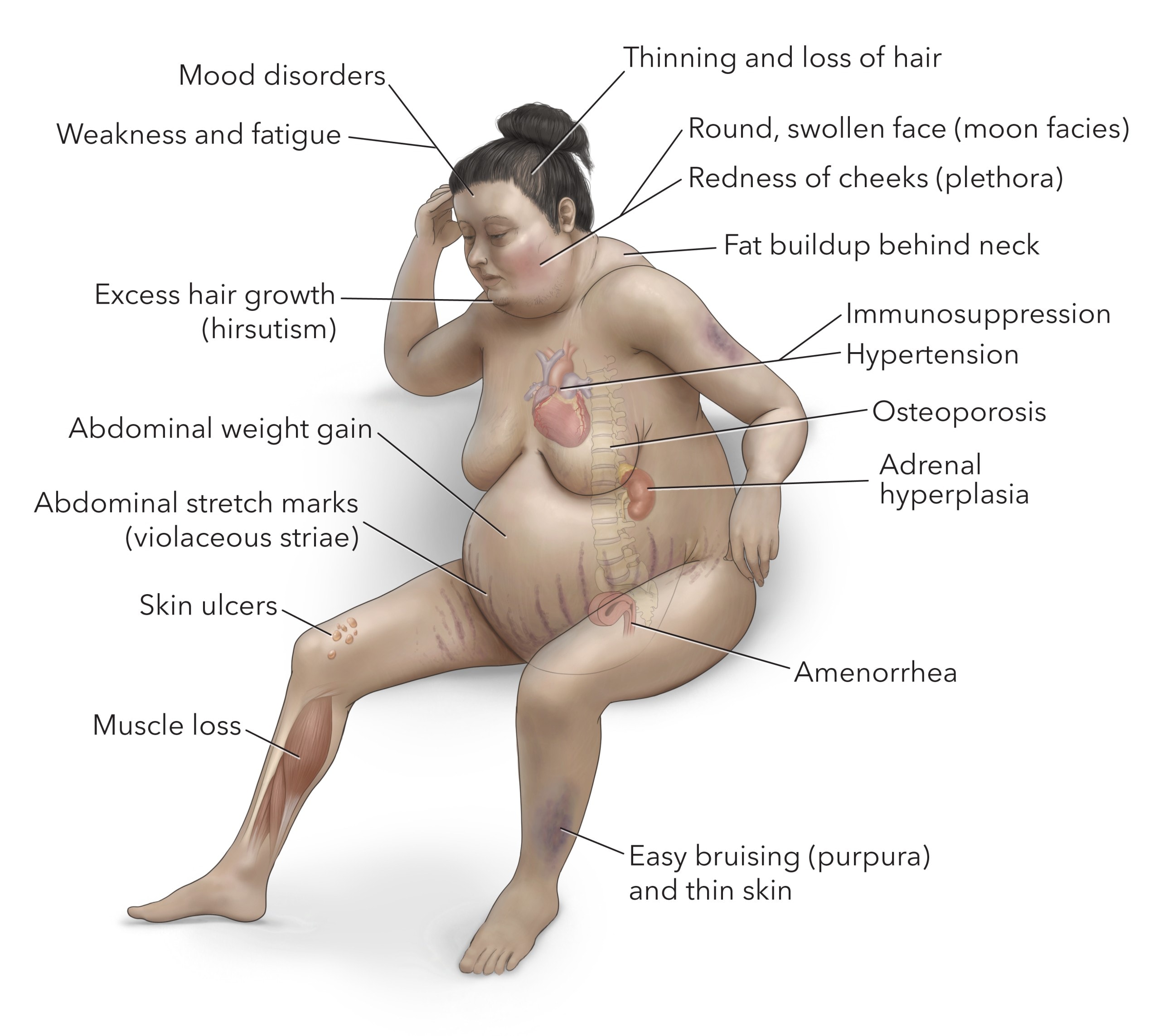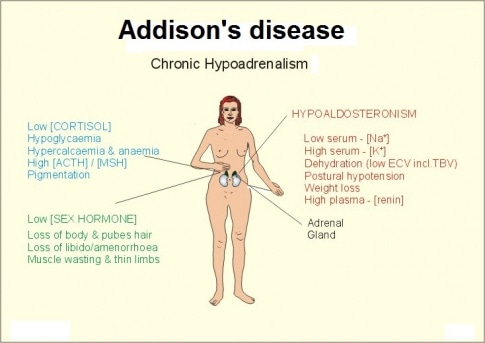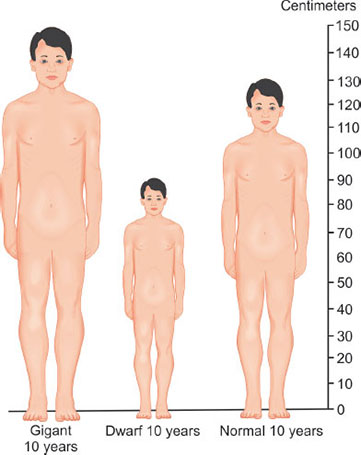-

Peritonsillar
PERITONSILLAR ABSCESS Peritonsillar Abscess (Quincy) is defined as an abscess between the tonsil capsule and the lateral wall of the pharynx. Peritonsillar abscess (Quincy) is a bacterial streptococcal infection that usually begins as a complication of untreated tonsillitis(often mild). It generally involves a pus-filled pocket that forms near one of your tonsils. It is a…
-

Otitis Media
Otitis media is an acute or chronic inflammation of the middle ear . It commonly occurs in children. Acute Otitis media: implies rapid onset of disease associated with 1 or more of the following symptoms: Otalgia Fever Otorrhea Recent onset of anorexia Irritability Vomiting Diarrhea These symptoms are accompanied by abnormal otoscopic findings of the…
-

Foreign Bodies in The Ear, Nose and Throat
Foreign bodies are objects that are placed in the ear, nose or throat that are not meant to be there and could cause harm without immediate attention. Common foreign bodies in the ear include, insects e.g. flies cockroaches , ants etc. Seeds, buttons, beads, stones etc. They are commonly found in the ears of children.…
-

Common tumors of ear nose and throat (ENT)
Peri-Operative Care (Summary) Preparation for surgery should begin as soon as the doctor makes a diagnosis and decides that an operation is necessary. From that moment on, the patient and relatives are faced with the decision of accepting this treatment and its consequences or not. Pre-Operative Care Admission Explanation of the surgery: The patient is…
-

Partograph
Partograph is a graph or tool used to monitor fetal condition, maternal condition and labour progress during the active 1st stage of labour so as to be able to detect any abnormalities and be able to take action.It’s only used during 1st stage of labour. It is used for recording salient conditions of the mother…
-

Cushing’s Syndrome
CUSHING’S SYNDROME Cushing’s syndrome results from secretion of excessive cortisol either in response to excess ACTH production by the pituitary tumors and adrenal adenoma or nodular hyperplasia. Cushing’s syndrome is simply defined as a hormonal disorder associated with excessive production of corticosteroids by the adrenal gland or the pituitary gland and/or prolonged use of corticosteroids. …
-

Pheochromocytoma
Pheochromocytoma Pheochromocytoma is a tumor that produces excessive amounts of catecholamines, including adrenaline (epinephrine) and noradrenaline (norepinephrine). Pheochromocytoma is a type of neuroendocrine tumor that grows from cells called chromaffin cells. These cells produce hormones needed for the body and are found in the adrenal glands. It is usually benign but can be malignant in…
-

Addison’s disease (Adrenal insufficiency)
Addison’s Disease (Adrenal Insufficiency) Addison’s disease, also known as primary adrenal insufficiency, is a rare disorder characterized by the insufficient production of hormones by the adrenal glands. Addison’s disease is a clinical condition characterized by adrenocorticotrophic hormone hyposecretion due to primary disease of the adrenal glands or secondary to pituitary gland disorder. The adrenal glands,…
-

Dwarfism (Panhypopituitarism)
Dwarfism (Panhypopituitarism) Dwarfism is a medical condition characterized by short stature. It is defined as an adult height of 4 feet 10 inches (147 centimeters) or shorter. There are different types of dwarfism, which can be caused by various underlying factors. It is a condition characterized by the underproduction or deficiency of several hormones produced…
-

Acromegaly & Gingatism (Hyperpituitarism)
Acromegaly/Gigantism (Hyperpituitarism) Acromegaly and Gigantism are conditions that result from hyperpituitarism, which is the excessive secretion of growth hormone (GH) by the pituitary gland. Acromegaly and gigantism can also be referred to as hyperpituitarism and the most common cause is prolonged hypersecretion of growth hormone (GH), usually by a hormone-secreting pituitary tumour. As the tumour increases…
